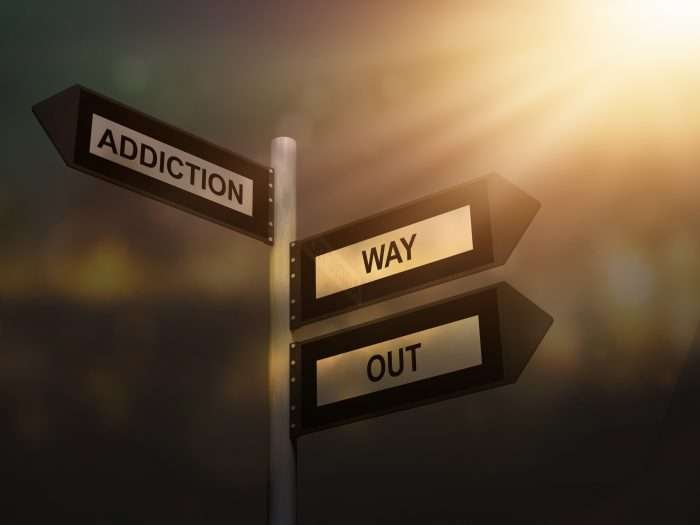People do not just get addicted to substances; some stages precede the onset of the chronic disease. To better understand addiction, it is important to understand the activities or events that lead to it. If you think you are becoming addicted to a substance, it is also important to understand how far gone you are and how to correct the problem.
Addiction has six stages, and it is important to understand the signs of each stage. This article details the six stages. It is extremely important to pay attention to each stage, especially the final stage.
The initial intake
The first stage of substance abuse is the initial intake of the substance. At this stage, there is only mild curiosity about its effects on the body. In the United States, most people try illicit drugs and alcohol before they are 18 years old. Boredom, peer pressure, and curiosity are leading reasons people use illicit drugs for the first time. The widespread availability of substances such as marijuana, inhalants, and addictive painkillers are also contributing factors.
Some first-time users decide that their curiosity has been satisfied at the stage, while others proceed to the next stage.
Continued use and experimentation
The next stage of substance abuse is continued use and social experimentation. People who proceed from the first stage continue to try out the substances, especially when amongst friends. They drink or use drugs at parties, after a hard day’s work, or just as a recreational activity. However, they are in control. There is also no craving or physical or emotional dependence on the drug or alcohol.
Regular intake
Continued use leads to regular use. Weekly or bi-weekly use gradually becomes a daily habit until the substance is a part of the person’s routine. At this stage, users establish a pattern of drug or alcohol use, for example, smoking during night outs with friends or spiking drinks with alcohol or drugs for one reason or the other. There could also be cases of individual use when it used to be only in social settings.
Most people believe they can permanently remain at this stage without proceeding to the next one. So, they continue to use the substance more and more regularly until they get to the next stage of addiction. For some people, an emotional trauma could catapult them from this stage to the next.
Physical and emotional dependence on the abused substance
This stage is characterized by three important elements, dependence, tolerance, and the onset of withdrawal symptoms. As a result of regular use, the body becomes physically dependent on the substance to achieve simple tasks such as creativity or satisfaction. A person also builds more tolerance for the abused substance and requires higher dosages to achieve similar results. Later, withdrawal symptoms begin. This is a very crucial stage, and you should immediately seek help in our drug and alcohol treatment San Diego centers.
Addiction
At this stage, users are far too gone to quit, and getting high becomes more important than stopping the negative effects of substance abuse. At this stage, the regular use of drugs or alcohol becomes a disease that causes noticeable physical and psychological changes. There is also a lack of interest in maintaining relationships, work, academics, or hobbies. Addiction takes over every activity and getting the abused substance becomes a need.
Getting Professional Help
The last stage of addiction is seeking professional help. Whether you go through the previous five stages or not. If you think your dependability on drugs or alcohol is becoming too high, you should seek help. Our drug and alcohol rehab San Diego centers offer holistic rehabilitation services to people with addictions. Call our experienced staff for a FREE and confidential consultation today at 619-350-8220.


